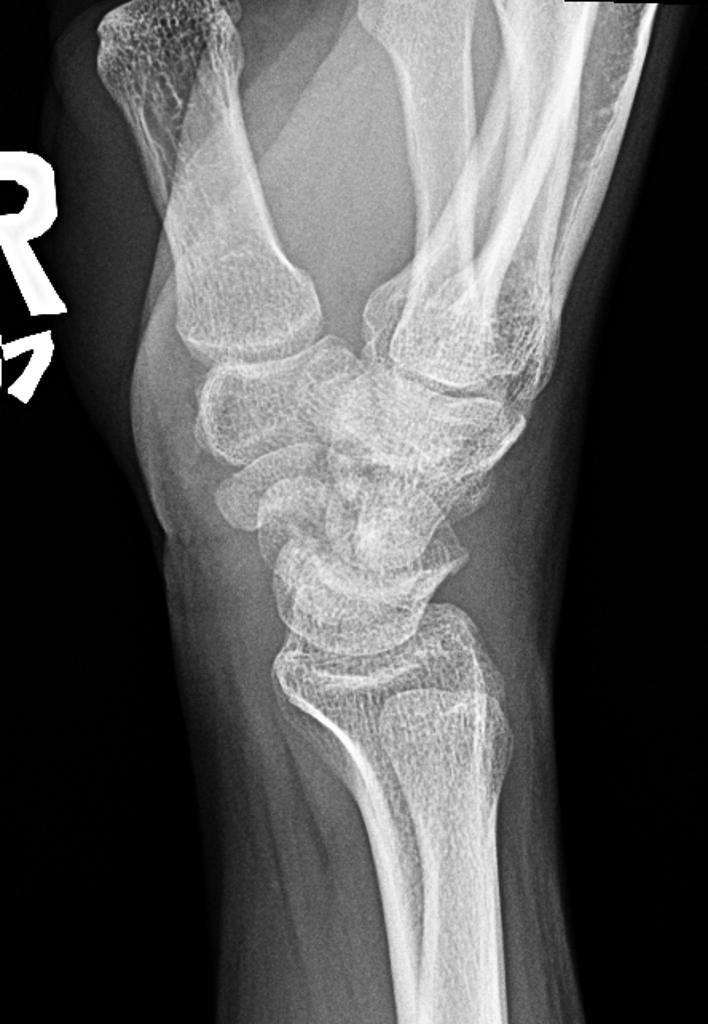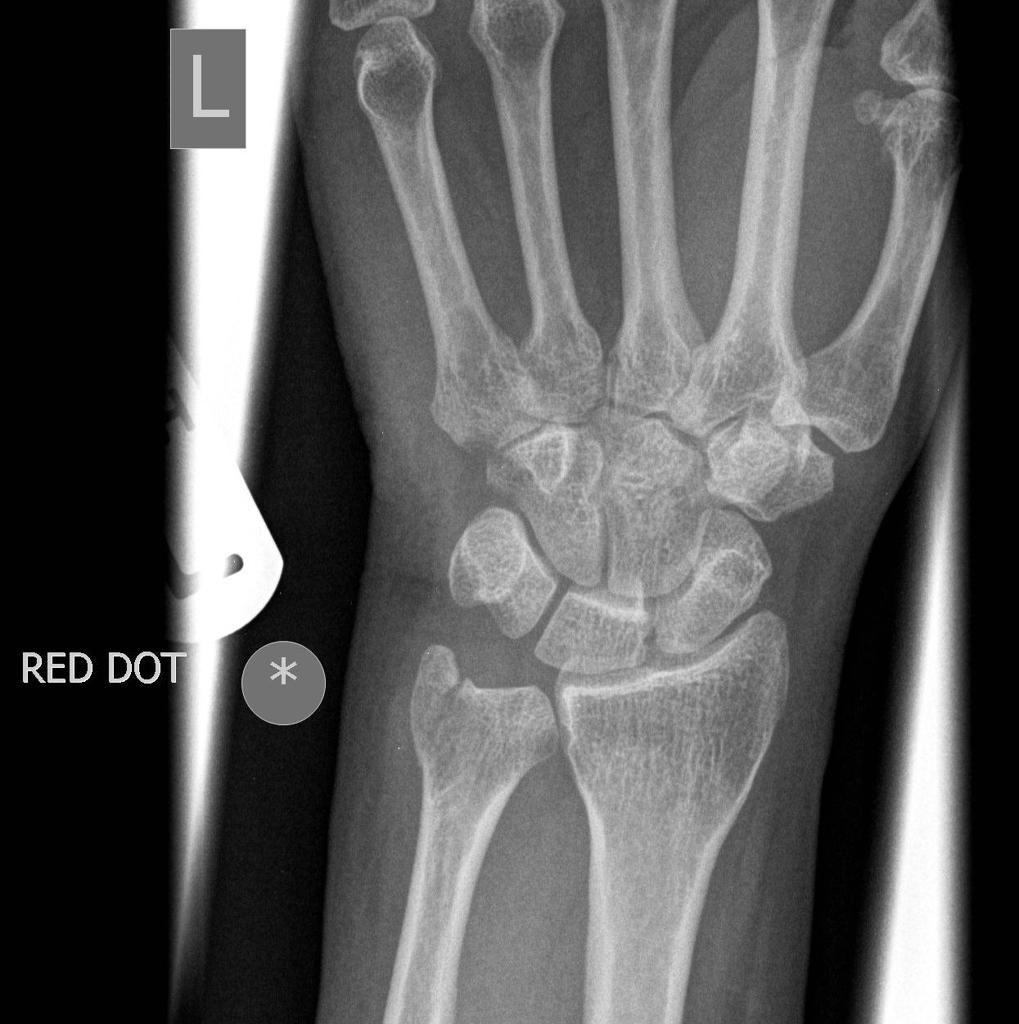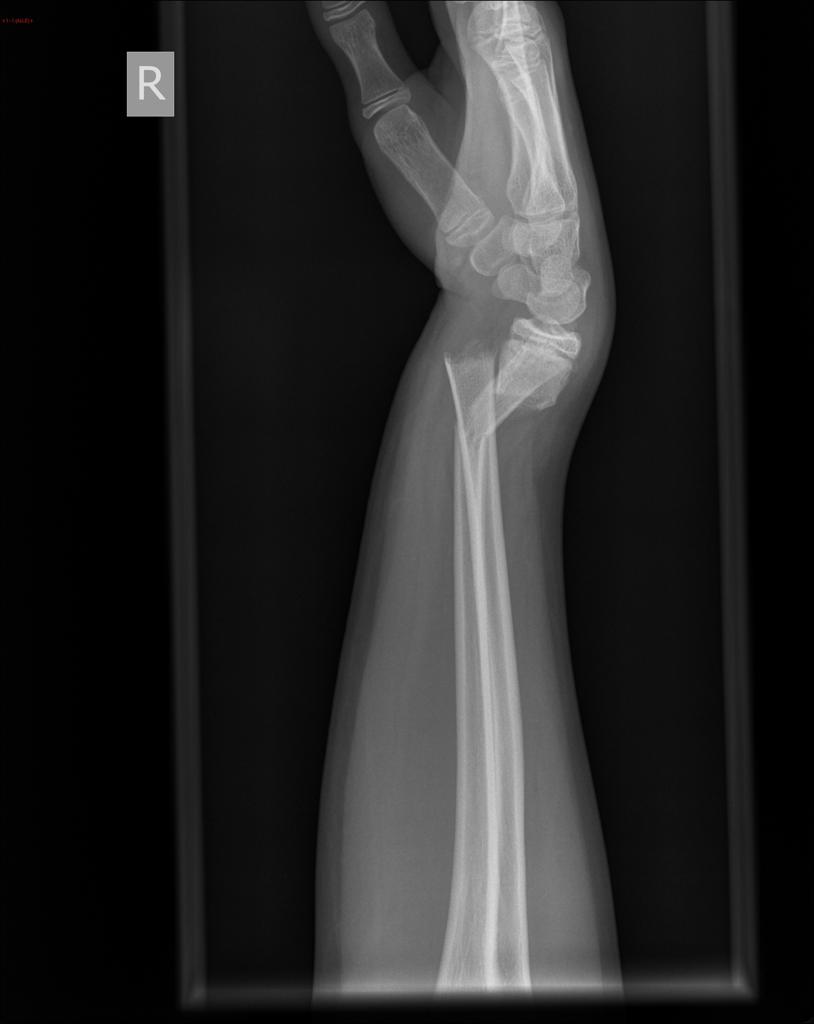Sandbox: nima: Difference between revisions
Nima Nasiri (talk | contribs) |
Nima Nasiri (talk | contribs) No edit summary |
||
| (10 intermediate revisions by the same user not shown) | |||
| Line 1: | Line 1: | ||
__NOTOC__ | |||
{{CMG}}; {{AE}} {{Nnasiri}} | |||
==Overview== | ==Overview== | ||
| Line 6: | Line 8: | ||
Hepatic encephalopathy or portosystemic encephalopathy is a syndrome of largely reversible impairment of brain function occurring in patients with acute or chronic liver failure or when the liver is bypassed by portosystemic shunts.<ref name="pmid30428474">{{cite journal |vauthors=Schulz C, Schütte K, Vilchez-Vargas R, Vasapolli R, Malfertheiner P |title=Long-Term Effect of Rifaximin with and without Lactulose on the Active Bacterial Assemblages in the Proximal Small Bowel and Faeces in Patients with Minimal Hepatic Encephalopathy |journal=Dig Dis |volume= |issue= |pages=1–9 |date=November 2018 |pmid=30428474 |doi=10.1159/000494216 |url=}}</ref>Hepatic encephalopathy (HE) is a common problem in liver cirrhosis and is associated with typical changes of cerebral metabolite pattern observed by proton [[magnetic resonance spectroscopy (MRS).]]<ref name="pmid30427626">{{cite journal |vauthors= |title= |journal= |volume= |issue= |pages= |date= |pmid=30427626 |doi= |url=}}</ref><ref name="pmid17372808">{{cite journal |vauthors=Rimar D, Kruzel-Davila E, Dori G, Baron E, Bitterman H |title=Hyperammonemic coma--barking up the wrong tree |journal=J Gen Intern Med |volume=22 |issue=4 |pages=549–52 |date=April 2007 |pmid=17372808 |pmc=1829435 |doi=10.1007/s11606-007-0131-6 |url=}}</ref> | Hepatic encephalopathy or portosystemic encephalopathy is a syndrome of largely reversible impairment of brain function occurring in patients with acute or chronic liver failure or when the liver is bypassed by portosystemic shunts.<ref name="pmid30428474">{{cite journal |vauthors=Schulz C, Schütte K, Vilchez-Vargas R, Vasapolli R, Malfertheiner P |title=Long-Term Effect of Rifaximin with and without Lactulose on the Active Bacterial Assemblages in the Proximal Small Bowel and Faeces in Patients with Minimal Hepatic Encephalopathy |journal=Dig Dis |volume= |issue= |pages=1–9 |date=November 2018 |pmid=30428474 |doi=10.1159/000494216 |url=}}</ref>Hepatic encephalopathy (HE) is a common problem in liver cirrhosis and is associated with typical changes of cerebral metabolite pattern observed by proton [[magnetic resonance spectroscopy (MRS).]]<ref name="pmid30427626">{{cite journal |vauthors= |title= |journal= |volume= |issue= |pages= |date= |pmid=30427626 |doi= |url=}}</ref><ref name="pmid17372808">{{cite journal |vauthors=Rimar D, Kruzel-Davila E, Dori G, Baron E, Bitterman H |title=Hyperammonemic coma--barking up the wrong tree |journal=J Gen Intern Med |volume=22 |issue=4 |pages=549–52 |date=April 2007 |pmid=17372808 |pmc=1829435 |doi=10.1007/s11606-007-0131-6 |url=}}</ref> | ||
A positive history of | A positive history of alcohol use and viral hepatitis is suggestive of HE. The most common symptoms of hepatic encephalopathy include: | ||
*[[cognitive impairment]] | *[[cognitive impairment]] | ||
*[[personality changes]] | *[[personality changes]] | ||
| Line 37: | Line 39: | ||
Hepatic encephalopathy (HE) is a common problem in liver cirrhosis and is associated with typical changes of cerebral metabolite pattern observed by proton magnetic resonance spectroscopy (MRS).<ref name="pmid30427626">{{cite journal |vauthors= |title= |journal= |volume= |issue= |pages= |date= |pmid=30427626 |doi= |url=}}</ref> | Hepatic encephalopathy (HE) is a common problem in liver cirrhosis and is associated with typical changes of cerebral metabolite pattern observed by proton magnetic resonance spectroscopy (MRS).<ref name="pmid30427626">{{cite journal |vauthors= |title= |journal= |volume= |issue= |pages= |date= |pmid=30427626 |doi= |url=}}</ref> | ||
[[File:U123.jpg|400px|thumb|left|X-Ray showing ulnar fracture[https://radiopaedia.org/articles/distal-ulnar-fractures-1 source:Case courtesy of Dr Jeremy Jones, Radiopaedia.org, rID: 8786]]] | |||
<br style="clear:left" /> | |||
===Less Common Symptoms=== | ===Less Common Symptoms=== | ||
Less common symptoms of [disease name] include | Less common symptoms of [disease name] include | ||
* | * | ||
* | *Abdominal pain | ||
* | *Jaundice | ||
* | |||
[[File:Forearmm12.jpg|400px|thumb|left|X-Ray of forearm fracture[https://radiopaedia.org/articles/fracture-dislocations-of-the-radius-and-ulna source:Case courtesy of Dr Sajoscha Sorrentino, Radiopaedia.org, rID: 14840 ]]] | |||
<br style="clear:left" /> | |||
==References== | ==References== | ||
Latest revision as of 16:01, 21 November 2018
Editor-In-Chief: C. Michael Gibson, M.S., M.D. [1]; Associate Editor(s)-in-Chief: Nima Nasiri, M.D.[2]
Overview
The hallmark of hepatic encephalopathy is accumulation of ammonia and toxic substances in the blood that are normally detoxified in the liver. A positive history of cirrhosis and acute viral hepatitis is suggestive of hepatic encephalopathy. The most common symptoms of hepatic encephalopathy include cognitive impairment, personality changes, and even coma. [1]
History and Symptoms
Hepatic encephalopathy or portosystemic encephalopathy is a syndrome of largely reversible impairment of brain function occurring in patients with acute or chronic liver failure or when the liver is bypassed by portosystemic shunts.[2]Hepatic encephalopathy (HE) is a common problem in liver cirrhosis and is associated with typical changes of cerebral metabolite pattern observed by proton magnetic resonance spectroscopy (MRS).[3][4]
A positive history of alcohol use and viral hepatitis is suggestive of HE. The most common symptoms of hepatic encephalopathy include:
History
Patients with hepatic encephalopathy may have a positive history of:[5][6]
Common Symptoms
Common symptoms of hepatic encephalopathy include: [6]
- Memory impairment
- Personality changes
- Coma
- Jaundice
- Abdominal pain

Hepatic encephalopathy (HE) is a common problem in liver cirrhosis and is associated with typical changes of cerebral metabolite pattern observed by proton magnetic resonance spectroscopy (MRS).[3]

Less Common Symptoms
Less common symptoms of [disease name] include
- Abdominal pain
- Jaundice

References
- ↑ 1.0 1.1 Shawcross DL, Dunk AA, Jalan R, Kircheis G, de Knegt RJ, Laleman W, Ramage JK, Wedemeyer H, Morgan IE (February 2016). "How to diagnose and manage hepatic encephalopathy: a consensus statement on roles and responsibilities beyond the liver specialist". Eur J Gastroenterol Hepatol. 28 (2): 146–52. doi:10.1097/MEG.0000000000000529. PMC 4885589. PMID 26600154.
- ↑ Schulz C, Schütte K, Vilchez-Vargas R, Vasapolli R, Malfertheiner P (November 2018). "Long-Term Effect of Rifaximin with and without Lactulose on the Active Bacterial Assemblages in the Proximal Small Bowel and Faeces in Patients with Minimal Hepatic Encephalopathy". Dig Dis: 1–9. doi:10.1159/000494216. PMID 30428474.
- ↑ 3.0 3.1 . PMID 30427626. Missing or empty
|title=(help) - ↑ Rimar D, Kruzel-Davila E, Dori G, Baron E, Bitterman H (April 2007). "Hyperammonemic coma--barking up the wrong tree". J Gen Intern Med. 22 (4): 549–52. doi:10.1007/s11606-007-0131-6. PMC 1829435. PMID 17372808.
- ↑ Hoffmann V, Jones K, Leroy J (December 2015). "Mitigating aflatoxin exposure to improve child growth in Eastern Kenya: study protocol for a randomized controlled trial". Trials. 16: 552. doi:10.1186/s13063-015-1064-8. PMC 4669614. PMID 26634701.
- ↑ 6.0 6.1 Sun LH, Zhang NY, Sun RR, Gao X, Gu C, Krumm CS, Qi DS (May 2015). "A novel strain of Cellulosimicrobium funkei can biologically detoxify aflatoxin B1 in ducklings". Microb Biotechnol. 8 (3): 490–8. doi:10.1111/1751-7915.12244. PMC 4408181. PMID 25616109.